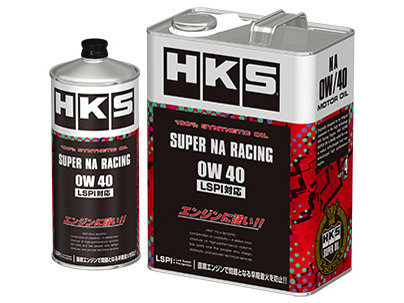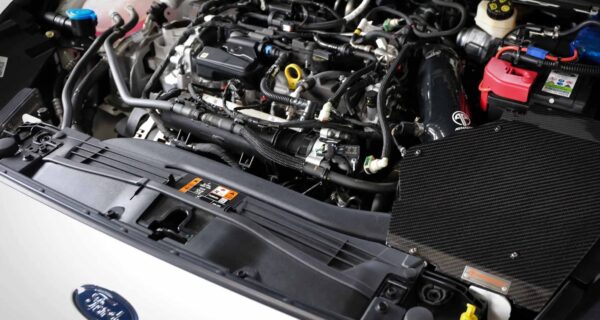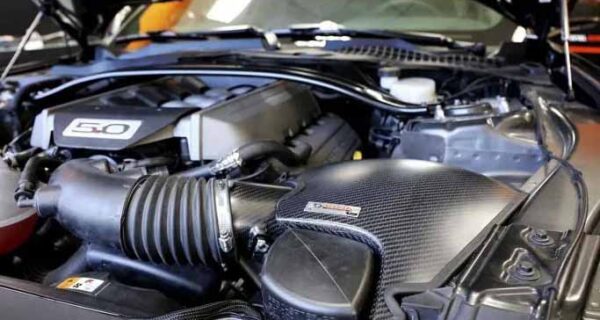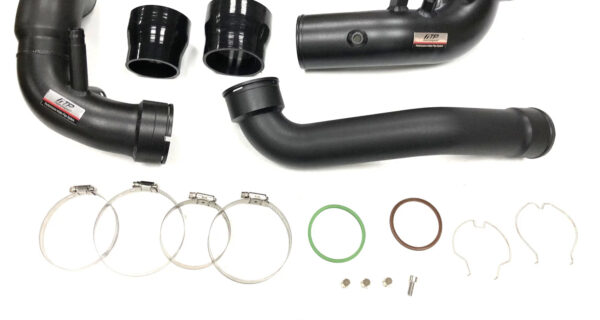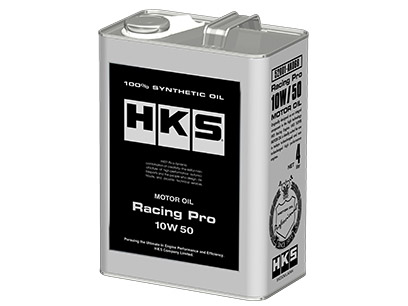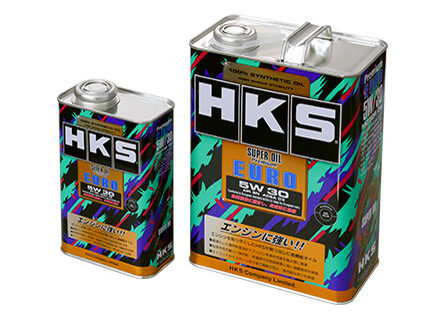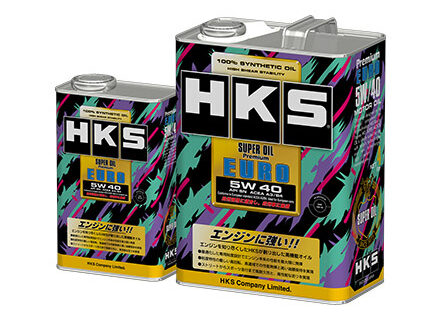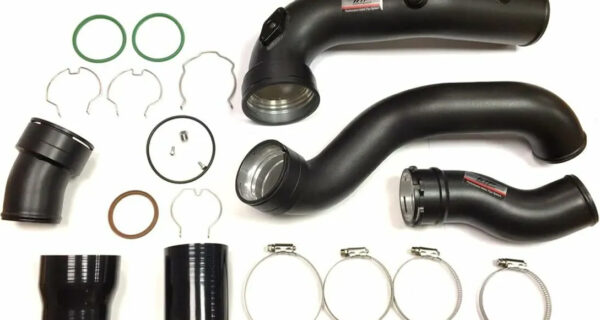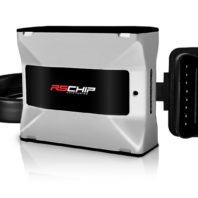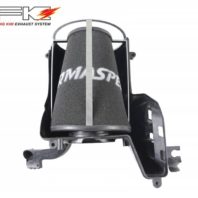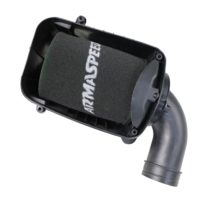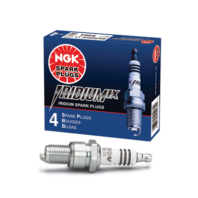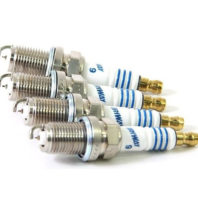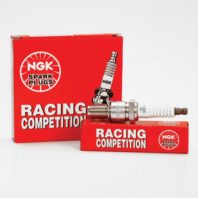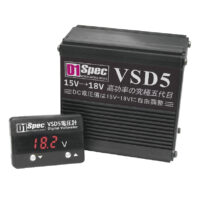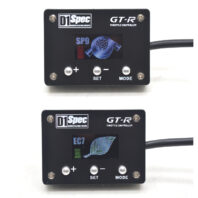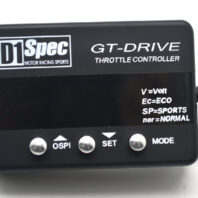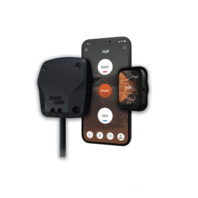Description
Ideal for High Response NA Engine & Vehicle with GT Supercharger
- Stock Grade : *W40
- Volume : 20L / 4L / 1L
- Target: Stock to NA Tuned, and Vehicle with Bolt-on S/C
- FA20(NA) K20 F2# P5-VPR PE-VPR VQ3#DE, etc.
Ideal for those who look for sharp acceleration, light response, and brisk high engine rotation.
*Proper oil temperature management enables this oil to be used with a turbocharged engine as a low friction oil.
HKS motor oil comparison chart
Super Racing Oil is indicated in GREEN.
The breakdown of radar chart
| Heat resistance | The rate of oxidation after the engine high-load. * |
| Oil film strength | High temperature high shear viscosity (High Shear Rate at 150°C). * |
| Resistance to high-temp deterioration | Degree of change in kinematic viscosity at 100 ° C after the high-load. * |
| Multigrade | Viscosity index. ** |
| Resistance to low-temp deterioration | Degree of change in kinematic viscosity at 100 ° C after the high-load. * |
| Oil life (Daily-use) | Ability to breakdown dirt (such as soot) and maintain oil performance. |
| Costs | Market price. |
*depends on the quality of base oil.
**depends on the quality of base oil as well as the additive used.
◆HKS Oil series specifications
What is “LSPI”?
- LSPI stands for Low Speed Pre-Ignition
- For the tuned engine that requires fuel cooling and direct injection engine, gasoline adheres to the cylinder, and it dilutes the oil on the wall surface that makes smooth flow.
The temperature of oil that is blown up by a high speed piston ring and/or air flow inside a cylinder increase by air mixture adiabatic compression caused by raising piston. When this oil temperature exceeds the ignition temperature, it causes pre-ignition. This is one of causes of LSPI.
For a highly tuned engine, LSPI may occurs at intercept due to its ultra-high boost. LSPI may cause knocking that cannot be stopped even ignition timing is delayed.
What would happen when pre-ignition occurs?

- Pre-ignition increases the combustion chamber pressure excessively.
Excessive load is applied to the pistons and con’rods. - This graph shows the pressure doubled of the normal pressure.
It may cause damage to the pistons and con’rods.
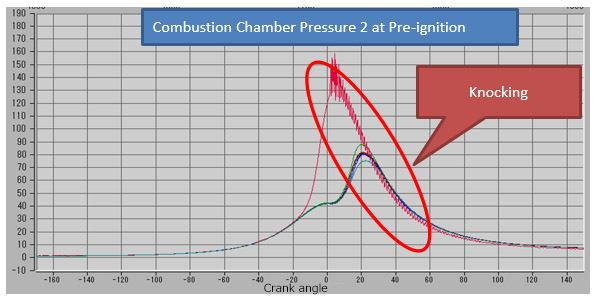
- This graph shows that pre-ignition is causing knocking.
Knocking causes damage to the pistons and plugs.
Usually, pre-ignition causes strong knocking.
Oil Effective against LSPI
- Making an oil effective against LSPI requires to devise blending of additives to prevent pre-ignition.
Usually, Ca (calcium) is contained in an additive for oil cleaning, and when oil is degraded,
Ca acts as a fire starter causing pre-ignition.
HKS new oils contains newly developed a magnesium-containing additive instead of calcium as a detergent dispersant.
*Price quoted before GST

